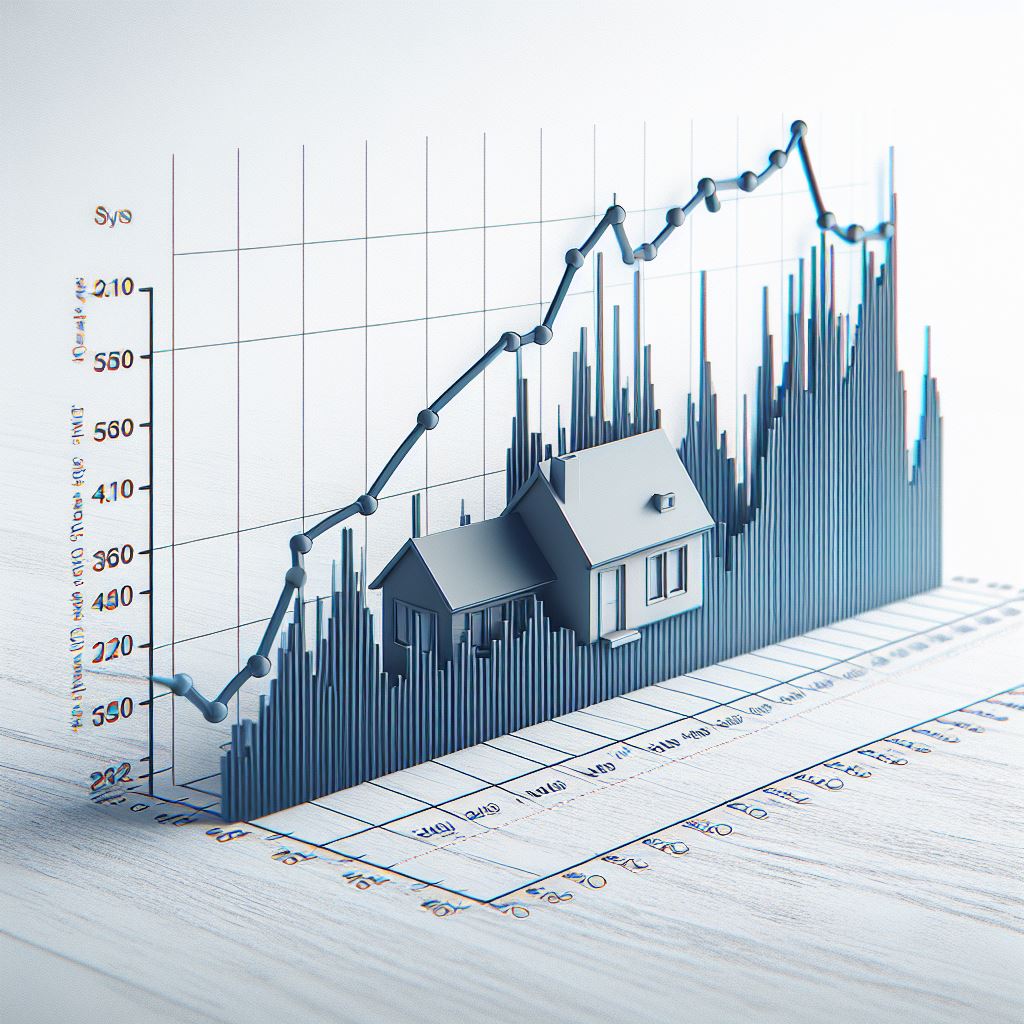Variable interest rate home mortgages, also known as adjustable-rate mortgages (ARMs), differ from fixed-rate mortgages in that the interest rate can fluctuate over the life of the loan. Here’s how they work:
- Initial Fixed Period: Variable interest rate mortgages often begin with an initial fixed period, typically ranging from one to ten years, during which the interest rate remains constant. This period provides stability for borrowers, allowing them to plan their finances without worrying about interest rate fluctuations.
- Adjustment Periods: After the initial fixed period, the interest rate may adjust periodically based on changes in a specified index, such as the prime rate or the London Interbank Offered Rate (LIBOR). Common adjustment periods include annually, semi-annually, or even monthly.
- Index and Margin: Lenders determine the new interest rate by adding a margin to the current index value. The margin remains constant throughout the life of the loan, while the index fluctuates based on market conditions.
- Interest Rate Caps: To protect borrowers from significant payment increases, variable interest rate mortgages often come with interest rate caps. These caps limit how much the interest rate can increase during each adjustment period and over the life of the loan.
- Payment Changes: When the interest rate adjusts, the borrower’s monthly mortgage payment may increase or decrease accordingly. If the interest rate rises, the monthly payment typically increases, and vice versa. This variability can make budgeting more challenging.
- Risk and Reward: Variable interest rate mortgages carry both risks and potential rewards. Borrowers may benefit from lower initial interest rates and payments during the fixed period, but they also face the uncertainty of future rate increases.
- Refinancing Options: Borrowers who anticipate rising interest rates or prefer more stability in their payments may choose to refinance their variable rate mortgage into a fixed-rate mortgage. Conversely, those who expect rates to decrease or plan to sell their home before rates adjust significantly may find variable rate mortgages advantageous.
- Economic Factors: Economic conditions and central bank policies influence interest rates and, consequently, the cost of borrowing for variable rate mortgage holders. Factors such as inflation, unemployment, and changes in monetary policy can impact interest rate movements.
- Financial Planning: Due to the potential for fluctuating payments, borrowers with variable interest rate mortgages should carefully consider their financial situation and ability to absorb higher payments in the future. Planning for potential rate increases can help mitigate financial strain.
- Flexibility and Adaptability: Variable interest rate mortgages offer flexibility for borrowers who are comfortable with the possibility of payment fluctuations and want to take advantage of lower initial rates. However, they require careful consideration and ongoing monitoring of market conditions.
#Mortgage #InterestRates #AdjustableRate #HomeLoans #FinancialPlanning #EconomicFactors #RiskManagement #Refinancing #HousingMarket #Budgeting

